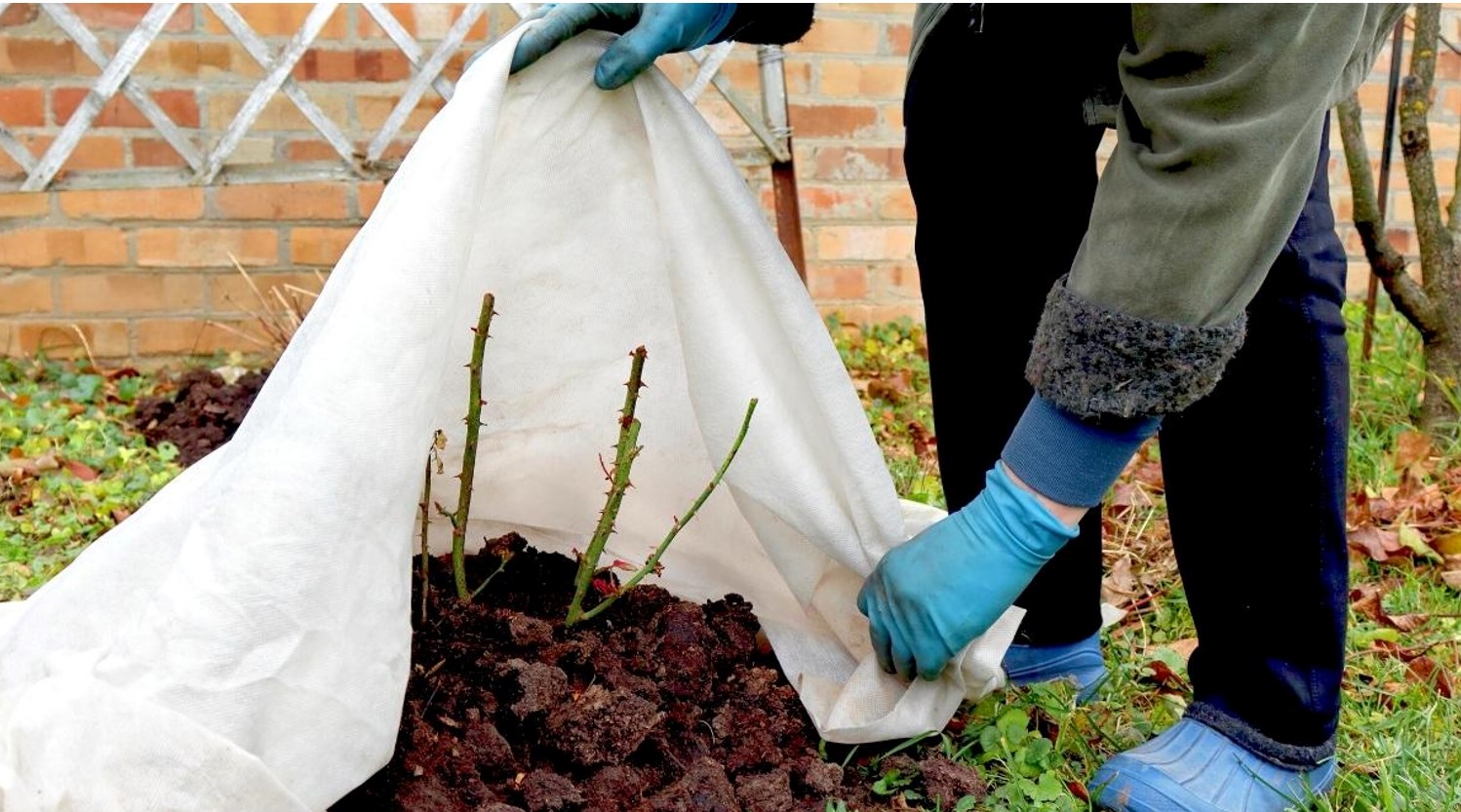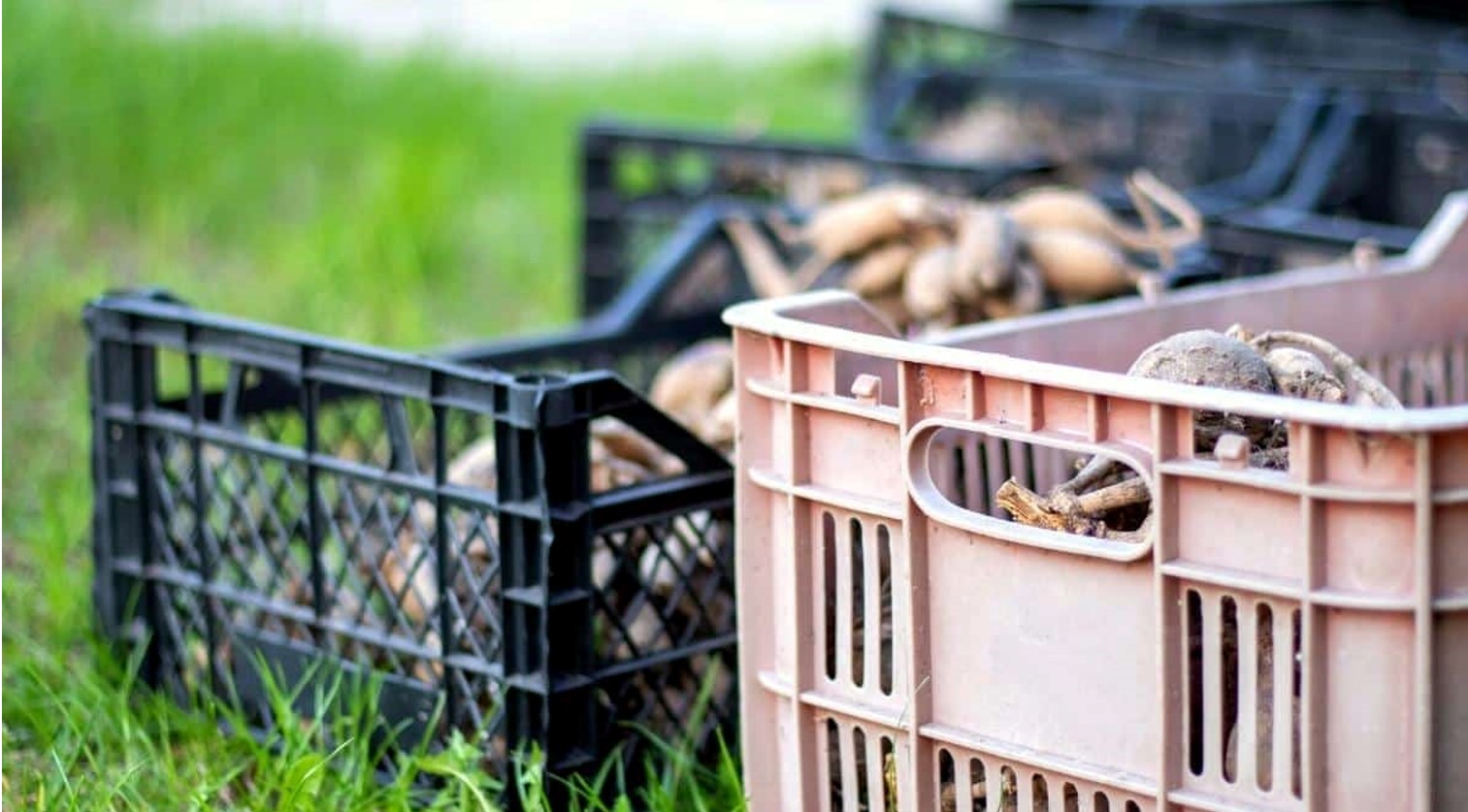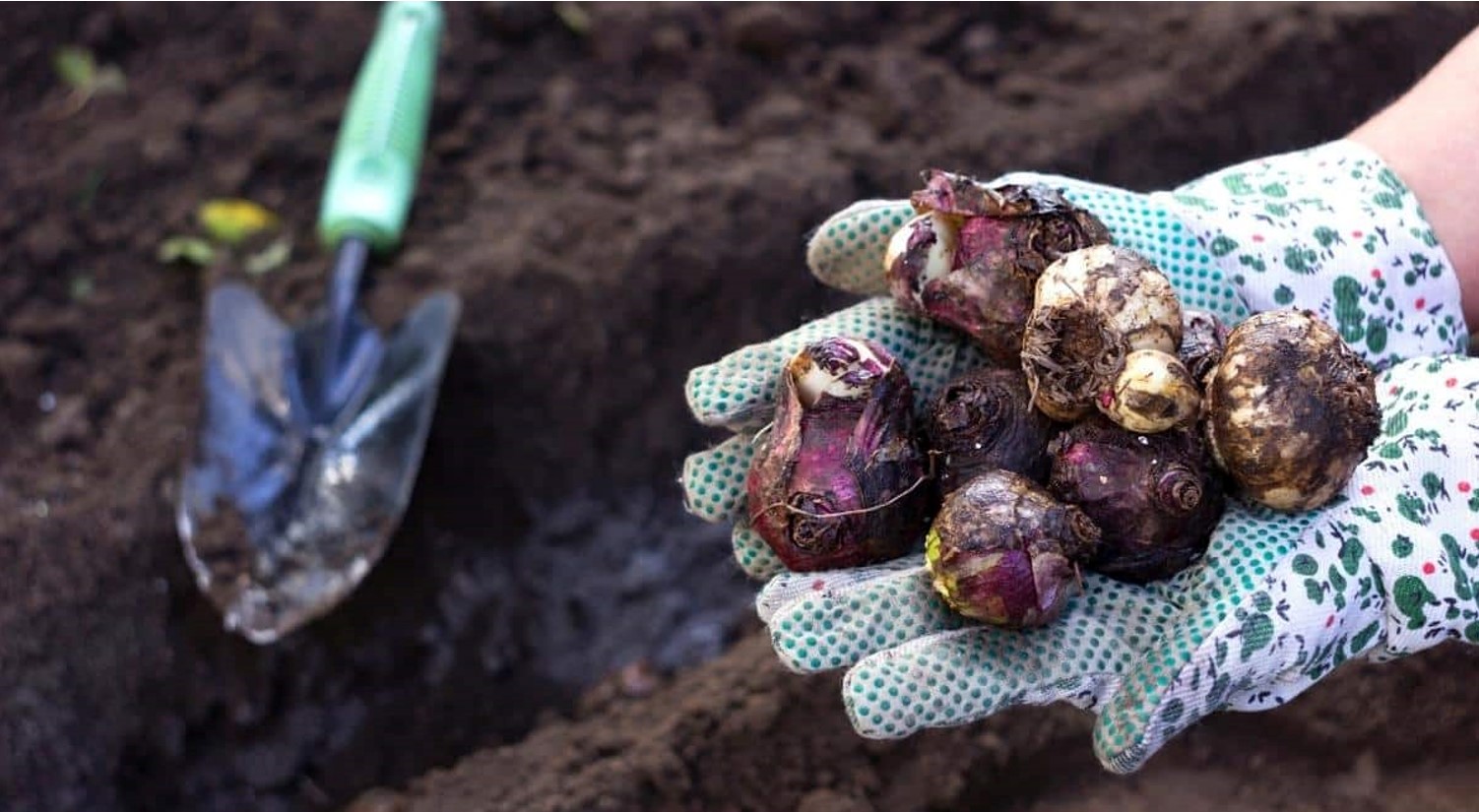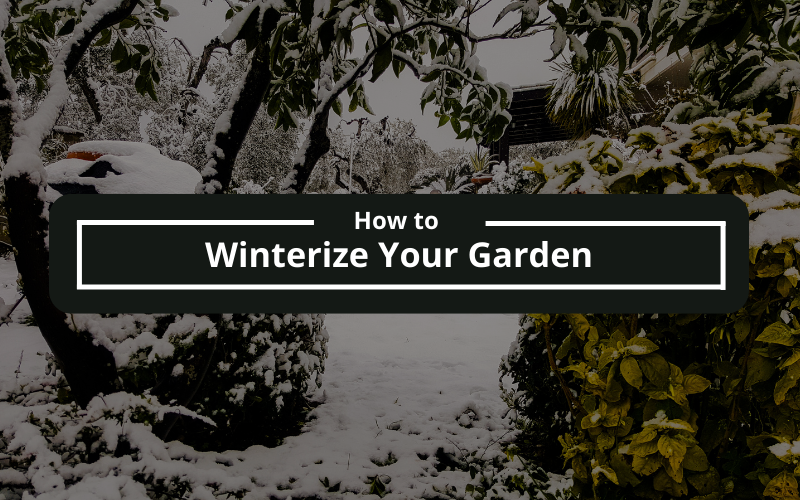It’s officially fall, and as much as we’d love to put off the inevitable winter months, it’s time to start preparing your garden for winter. You know what they say – failing to prepare is preparing to fail! But don’t worry, we’ve got you covered. Here’s a handy guide on how to winterize your garden.
3 Steps to winterize your garden
Step 1: Clean Out Your Garden Beds
The first step in prepping your garden for winter is cleaning out all of the dead plants and debris from the beds. Make sure you remove any weeds or spent annuals so that you don’t have any extra plant material that can harbor pests over the winter. Once all of the dead material is gone, give the beds a good raking with a metal rake to loosen up any compacted soil.
Step 2: Plant Cover Crops
Now it’s time to get creative! Planting cover crops like clover or rye grass can protect your soil from erosion during heavy rains and harsh winds, which will be especially useful during those cold winter months. It also helps keep nutrients in the soil and prevents weeds from popping up in springtime. If you’re feeling extra ambitious this fall season, consider adding some compost or topsoil around your existing plants to help retain moisture and prevent frost heaving during icy temperatures.
Step 3: Protect Your Shrubs & Trees

For some plants, it might be best to wrap them up in burlap before those freezing temperatures set in. When wrapping up trees or bushes, make sure you use enough layers of burlap so that they’re fully insulated but still able to breathe. This will help protect them from extreme temperatures and pesky little critters that might want a snack over the winter months. If your shrubs are particularly vulnerable during colder weather, consider using mulch around their base for added insulation throughout the season.
6 Tips to help you winterize your garden
Tip 1: Remove annuals, and if they haven’t been deadheaded, pull them to prevent them from going to seed.
As any gardener knows, annuals are a necessary evil. They provide color and interest for a few short months, but then they must be ruthlessly removed in order to make way for the next year’s crop. If annuals are not removed in a timely manner, they will go to seed, leaving a mess for the next season. In order to prevent this from happening, it is important to remove annuals as soon as they have finished blooming. This may seem like a lot of work, but it is essential for keeping the garden tidy and ensuring that next year’s plants have a chance to thrive.
Tip 2: Perennial bulbs need to be dug up, dried, and stored in a dry place.

Perennial bulbs are a gardener’s best friend. They come up year after year, adding color and interest to the landscape. But even these tough plants need a little TLC to get through the winter. That’s why it’s important to dig up, dry, and store your bulbs in a dry place.
The first step is to dig up the bulbs, being careful not to damage them. Then, allow the bulbs to air dry for a few days. Once they’re dry, you can store them in a cool, dark place. Be sure to label each bulb so you’ll know what it is come spring! With a little effort, your bulbs will be ready to brighten up your garden for years to come.
Tip 3: Water plants if the ground hasn’t frozen yet.
If you’re like me, you love the feeling of fresh rain on your face. And what could be better than natural, free watering for your plants? But before you get too excited, remember that just because it’s raining doesn’t mean your plants are getting all the hydration they need. In fact, if the ground is frozen, the water will just run right off and your plants will be left high and dry. So if you want to make sure your plants are getting the moisture they need, it’s best to water them yourself. Just make sure to wait until the ground isn’t frozen anymore, or you’ll be stuck with a big repair bill.
Tip 4: Fertilize and compost gardens.
Gardening is a great way to get outside and enjoy the fresh air. It can also be a great way to help the environment. By fertilizing and composting your garden, you can help to replenish the soil and promote healthy plant growth. Composting is also a great way to reduce waste. Instead of throwing away your kitchen scraps, you can use them to make nutrient-rich compost for your garden. And, of course, fertilizer helps to ensure that your plants get the nutrients they need to grow strong and healthy. So, next time you’re gardening, don’t forget to fertilize and compost! It’s good for the soil and good for the planet.
Tip 5: Transplant as needed before leaves shrivel from frost.
As any gardener knows, soil is essential for growing healthy plants. Not only does it provide nutrients and support for roots, but it also helps to regulate moisture levels and prevent weed growth. However, soil can also be quickly eroded by wind and water, damaging plant life and making it difficult for new seedlings to take root.
One way to help prevent soil erosion is to maintain a healthy lawn. Grassroots help to hold the soil in place, and the dense network of blades helps to deflect wind and water. In addition, lawns help to slow down the flow of rainwater, giving the ground a chance to absorb the water before it runs off. As a result, a well-tended lawn can play an essential role in preventing soil erosion.
Meanwhile, transplanting can help give your plants a fighting chance against frost damage. By moving them to a more protected location, you can reduce the amount of exposure they have to cold weather. As a result, they’ll be less likely to suffer from leaf damage or die back. So if you’re looking to give your plants a little extra protection against frost this winter, don’t forget to transplant them before the cold sets in.
Tip 6: Plant spring bulbs while temperatures are still cool but after ground has had a chance to freeze some.

Now that the weather is finally cooling down, it’s time to start thinking about planting spring bulbs. While you may be tempted to wait until the ground has had a chance to freeze, this is actually the perfect time to get started. The cool temperatures help to keep the bulbs from sprouting too early, and the frozen ground makes it easier to dig holes for planting. Just be sure to mark where you’ve planted the bulbs, so you don’t forget where they are come spring!
Thanks for reading! Be sure to follow these tips so that come springtime, you’ll have a beautiful garden ready for planting again! Remember – failing to prepare is preparing for failure! Good luck with prepping your garden this fall season!

